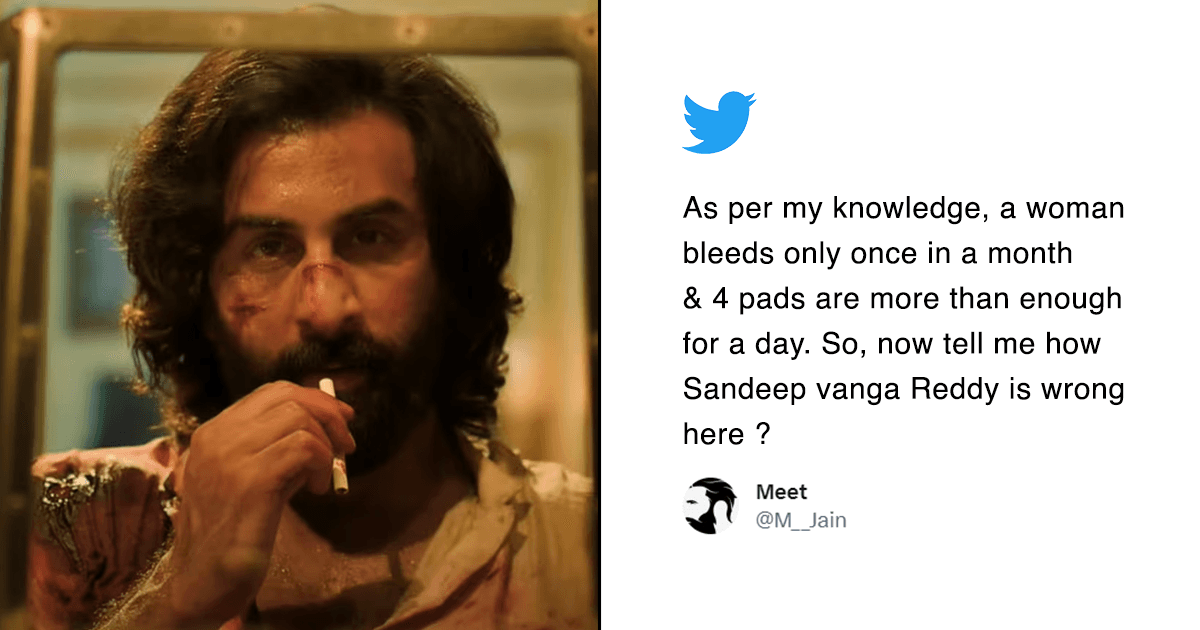For as long as I can remember, pink has always been my favourite colour. When I was a child, it was celebrated. Friends and family adorned me with pretty pink barbies and blush tinted dresses. But as I grew older, they stopped encouraging my pink fantasy. It was no longer “Look at her in pink!” but rather “Ew it’s pink!” By the time I hit my teenage years, my girlfriends who were once fellow connoisseurs of the colour had now denounced it and I stood alone on a barren land with dejected effigies of pink figurines. So I did what any impressionable teenager would do: disassociated myself from the colour and joined the troupe of pink haters.
Today, as I’m older and wiser in my 20’s, I’ve reclaimed my love for pink. But I can’t help but look back and wonder, why? What could be the reason behind the radical stigmatization of a simple colour?
Gender norms dictate the plenary correlation of colours with sexes. The phrases “blue for boys” and “pink for girls” are abided by as a code of martial law. What’s ironic is that initially when gender roles were being advocated for during the First World War, pink was commercialized as a medal of strength and masculinity. But as fate would have it, the scheme quickly shifted under the influence of public figures such as Rosie the Riveter and Marilyn Monroe, and the colour was diluted into a symbol of a woman’s fragility and weakness.
So the problem boils down to a simple set of beliefs. According to a patriarchal frame of mind, pink symbolizes femininity and femininity symbolizes subordination. The interweaving of pink with girliness, womanhood and delicacy equals admirers of the hue being dismissed as subservient. Legally Blonde is a classic example of this phenomenon. A woman who is a quintessential emblem of femininity and loves the colour pink, has to invest double the effort and energy to prove her worth than her non-pink-wearing counterparts.
In 2022, it’s high time we destigmatize pink. The isolation and ridicule of the tint not only play into the detrimental narratives of passive labelling and gender binaries that deem women as the weaker sex but are also largely transphobic. Of course, it’s completely human to not like a particular colour. However, groundless scrutiny of it supported by gendered stereotypes is sexist and outright gross! Iggy Pop couldn’t have summarized it in better words: “I’m not ashamed to dress ‘like a woman’ because I don’t think it’s shameful to be a woman.”

















